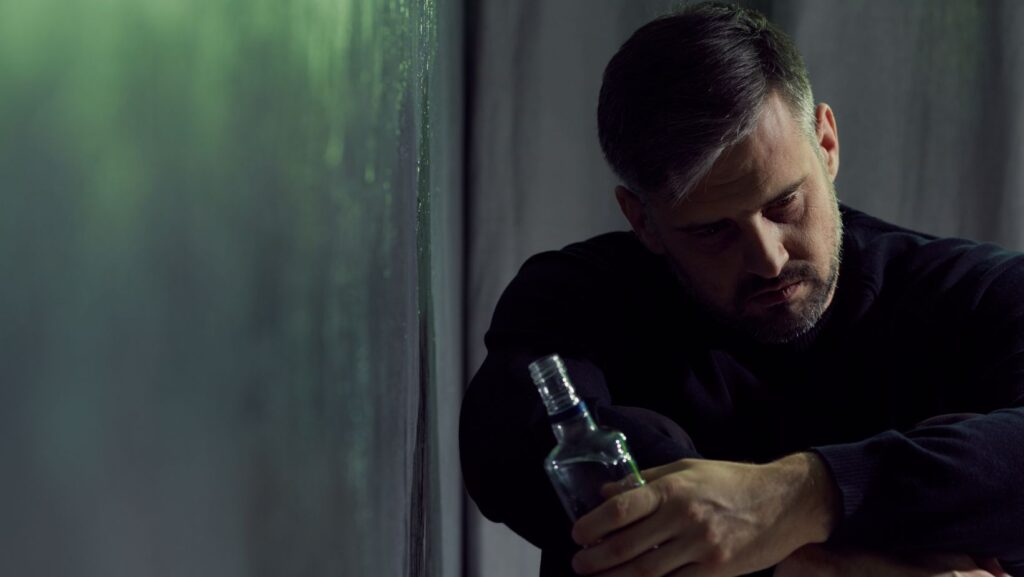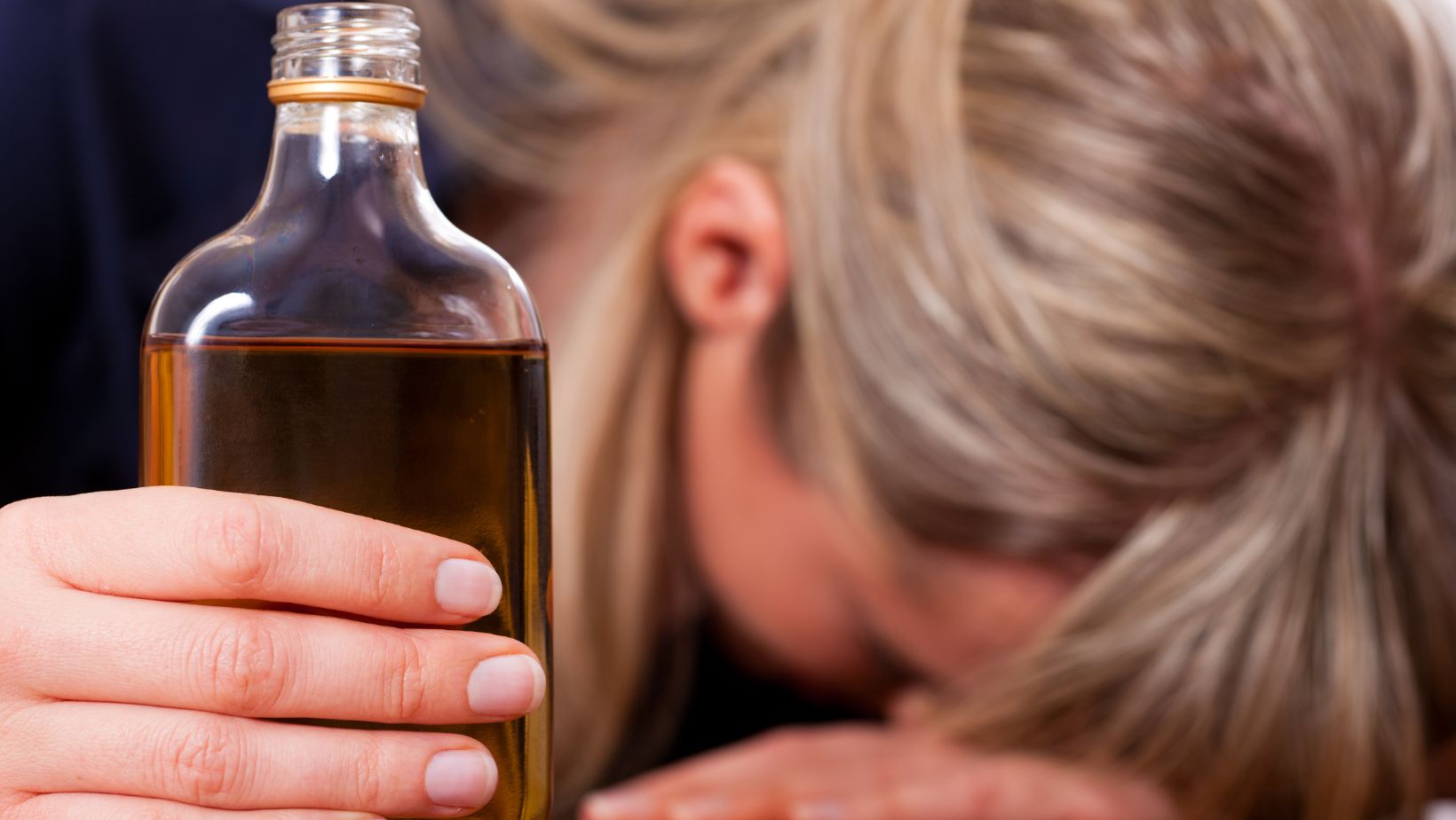
Peer pressure significantly influences the development of alcohol use disorder in teens. The adolescent years are a critical period where social dynamics and the desire for acceptance can lead to risky behaviors, including alcohol consumption.
Understanding the impact of peer pressure and providing effective alcohol use disorder treatment is crucial for preventing long-term addiction and promoting healthy development.
The Path to Alcohol Use Disorder
The journey from experimentation to alcohol use disorder can be swift and insidious. Peer pressure accelerates this progression by normalizing excessive drinking and creating environments where alcohol use is expected and encouraged.
1. Early Experimentation: Initial exposure to alcohol often occurs in social settings where peers are drinking. This experimentation, driven by curiosity and the desire to fit in, can quickly lead to regular use.
2. Increased Consumption: As teens become more accustomed to drinking, their consumption levels may increase. Peer pressure can exacerbate this by promoting binge drinking or competitive drinking games, which are particularly harmful.
3. Development of Dependence: Regular and heavy alcohol use can lead to physical and psychological dependence. The teen begins to crave alcohol and may use it to cope with stress or emotional issues, further entrenching the disorder.
The Role of Alcohol Use Disorder Treatment
Early intervention and effective alcohol use disorder treatment are essential in addressing the issues caused by peer pressure. These treatments help teens understand the risks associated with alcohol use and provide the tools needed to resist peer pressure.

1. Behavioral Therapies: Cognitive-behavioral therapy (CBT) is highly effective in treating AUD in teens. CBT helps teens recognize and change negative thought patterns and behaviors related to alcohol use. It also teaches coping strategies to deal with peer pressure and stress.
2. Family Therapy: Involving family in the treatment process can provide a support system for the teen. Family therapy addresses family dynamics that may contribute to alcohol use and promotes open communication and understanding.
3. Support Groups: Peer support groups such as Alcoholics Anonymous (AA) or teen-specific groups can offer a sense of community and shared experiences. These groups provide a safe space for teens to discuss their struggles and learn from others who have faced similar challenges.
4. School-Based Programs: Schools can play a pivotal role in prevention and treatment. Educational programs that provide information about the dangers of alcohol use and teach refusal skills can empower teens to make healthier choices.
5. Counseling Services: Access to school counselors or mental health professionals can help teens navigate the pressures they face. Counseling can address underlying issues such as anxiety or depression that may contribute to alcohol use.
Preventive Strategies for Parents and Educators
Preventing alcohol use disorder requires proactive measures to reduce the influence of peer pressure on teens.

1. Open Communication: Parents and educators should foster open and honest communication with teens about the risks of alcohol use. Encouraging questions and discussions can demystify alcohol and reduce its allure.
2. Setting Clear Expectations: Establishing clear rules and consequences regarding alcohol use can deter teens from drinking. Consistent enforcement of these rules reinforces their importance.
3. Positive Role Models: Providing positive role models who demonstrate healthy behaviors can counteract the negative influence of peers who drink. Encouraging involvement in sports, clubs, and other extracurricular activities can also promote positive peer interactions.
4. Building Self-Esteem: Helping teens build self-esteem and confidence can reduce their susceptibility to peer pressure. Teens who feel good about themselves are less likely to seek validation through risky behaviors.
5. Monitoring and Supervision: Keeping track of teens’ activities and knowing their friends can help parents identify potential risks. Supervised activities and curfews can reduce opportunities for unsupervised drinking.
The influence of peer pressure on alcohol use disorder in teens is significant and multifaceted. Addressing this issue requires a comprehensive approach that includes effective alcohol use disorder treatment and preventive strategies.










